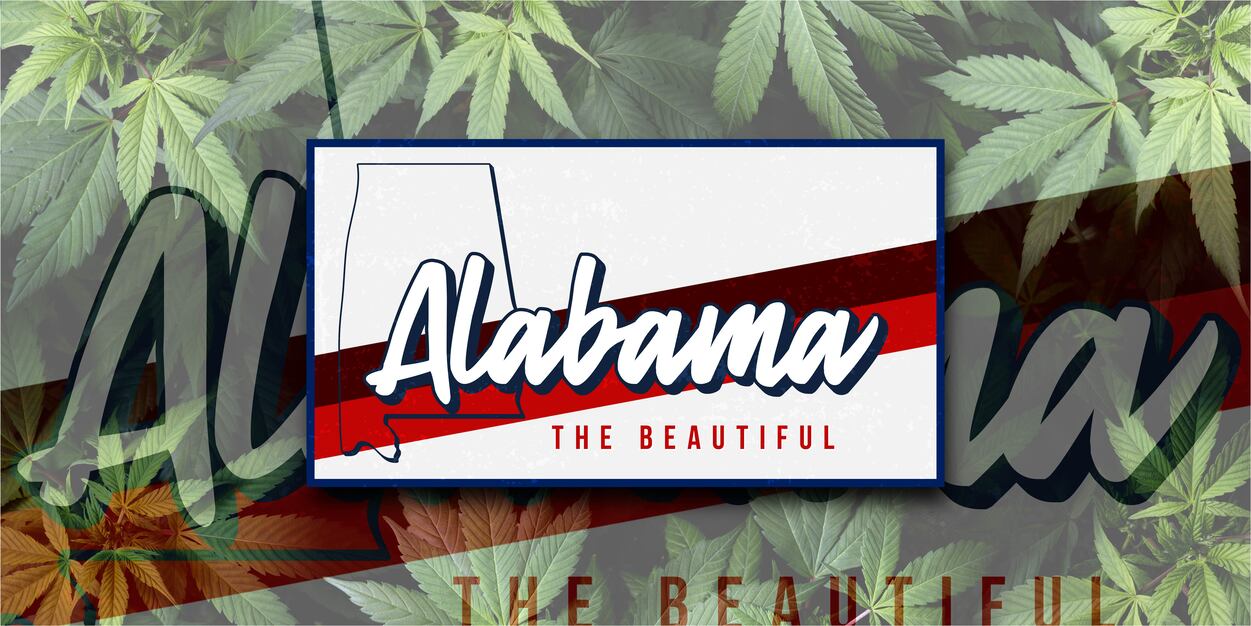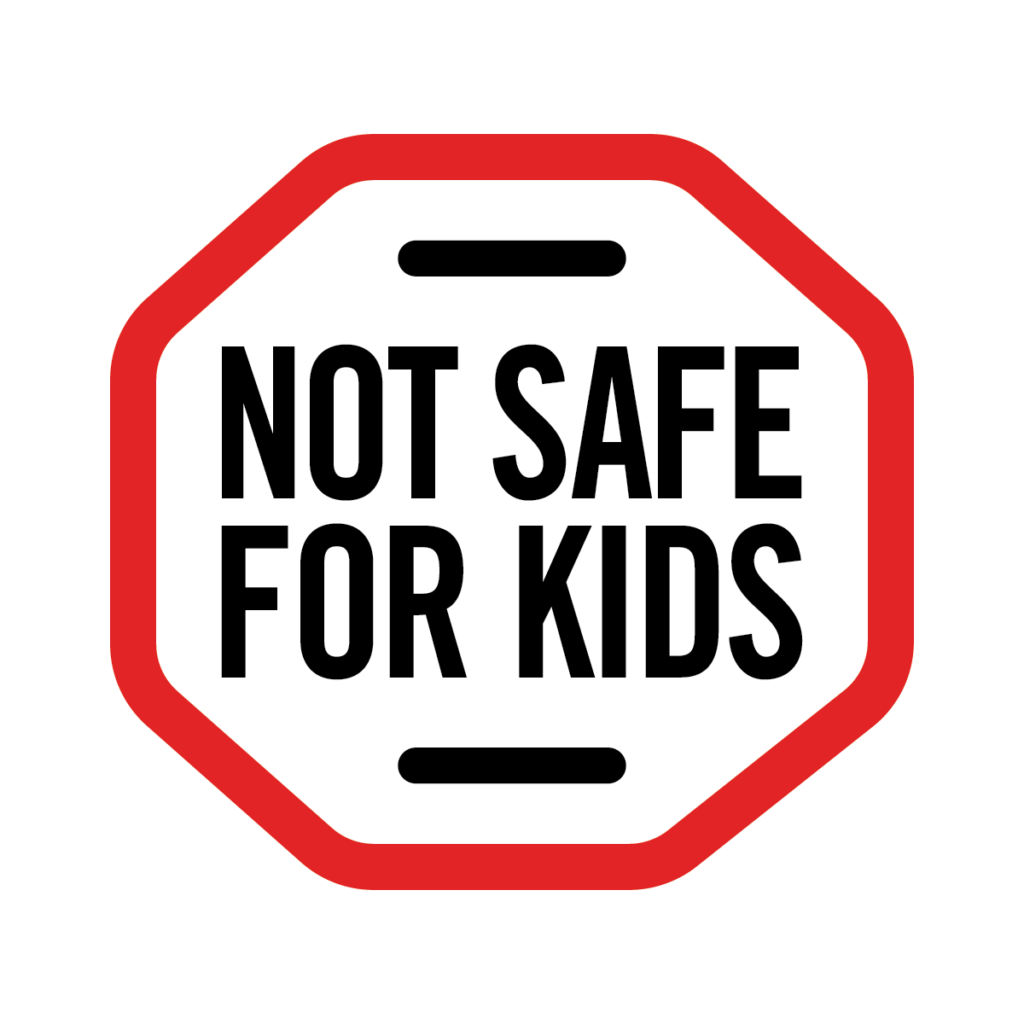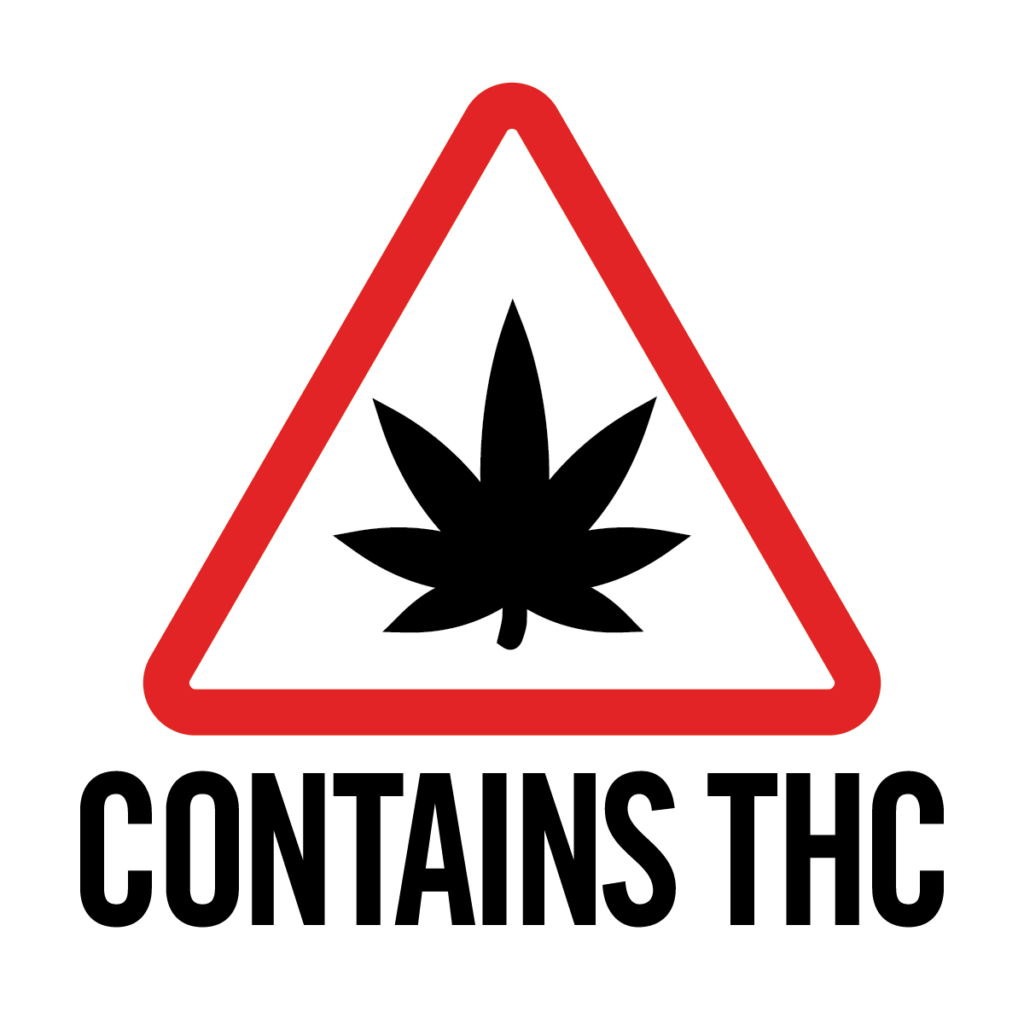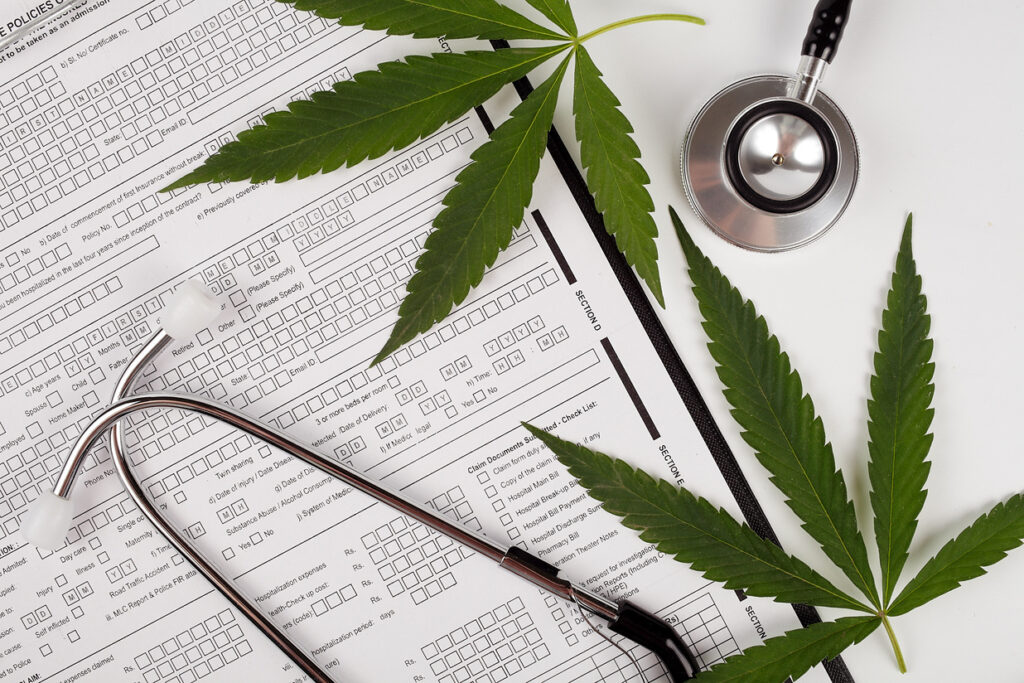Alabama Cannabis Packaging Laws and Label Regulations

As the cannabis market continues to evolve, so do laws and regulations. As of this time, these products remain one of the strictest regulated. And Alabama cannabis packaging laws are no exception to this strictness.
Still, the laws are in place for a reason. Imagine walking into a store and finding various brands of the same product. The first thing you’ll do is check the label to ensure you know exactly what you’re purchasing.
While cannabis remains federally illegal, more and more states are legalizing it. As of this time, Alabama has a medical program that allows the sale of cannabis to qualifying patients. However, these sales must meet the state’s requirements.
So, what are these requirements? Throughout this article, we’ll take a deeper look at Alabama’s cannabis packaging laws.
Does Your Cannabis Product Follow Packaging Laws?
Cannabis packaging laws are put in place for both consumers and manufacturers. Still, their primary purpose is to help consumers:
- Identify with a brand
- Provide information about what’s in a product
- Make a purchasing decision
Admittedly, Alabama has some of the strictest laws for their medical cannabis packaging. Within the state, only registered sellers and pharmacies are allowed to sell medical marijuana. On top of this, these containers all require a label that says “intended for sale.”
Alabama’s Cannabis Packaging Laws and Label Requirements
Within the majority of U.S. states, your cannabis packaging is required to have labels that indicate:
- Chemical information (i.e. THC and CBD content)
- Strain information
- Dates of cultivation
- Expiration date
- Manufacturing
- Necessary warnings
- Required logos
- Lab-testing information
- License bath or serial number
However, Alabama also has its own set of rules and regulations. To begin, only qualifying patients (or their caregivers) are allowed to purchase marijuana products. These can only be accessed through state-registered pharmacies (or dispensaries).
On cannabis packaging, there are two required symbols:

Minor-Appealing Label – To warn consumers about the hazards of cannabis, this logo ensures child safety.

Universal Symbol – Indicates that your product may contain tetrahydrocannabinol (THC).
Furthermore, packaging cannot be designed for minors. In other words, you cannot have a cartoon or colorful label that children may find attractive. Companies must also mention whether or not a product is safe for pets.
Conditions for Logo’s Appearance
It is strictly prohibited to use distorted, unclear, stretched, or recreated logos as it might confuse or mislead people. The logo needs to be red and black on a light-colored background.
Moreover, they shouldn’t be too small to be seen clearly. Clear warning logos and labels also speak for brand authenticity.
Additional Packaging Requirements
Per 538-x-6-.05, labels and packaging are also must abide by the following:
1. A Processor must properly package its approved medical cannabis products as follows:
(a) Packaging and containers must be child-resistant.
(b) Packaging and containers must be tamper-evident.
(c) Packaging and containers (or labels, see below) must identify the Professor and product type.
(d) Packaging and containers must not be attractive to minors.
(e) Packaging and containers must be designed to minimize appeal to children.
(f) Packaging and containers must contain any false statement or statement that advertises health benefits or therapeutic benefits of medical cannabis.
2. A Processor must properly label its packages of medical cannabis as follows:
(a) Labels must be securely attached to or imprinted on the accompanying packaging.
(b) Labels must be clear and contain print of a size and quality so as to be legible to the average patient or caregiver with a sixth-grade education.
(c) Labels must identify the product type (pills, tinctures, transdermal patches, etc.).
(d) Labels must contain lot and batch numbers.
(e) Labels must contain the name of and a license identification number for the Cultivator.
(f) Labels must contain the name of and a license identification number for the Processor.
(g) Labels must identify the cannabinoid content and potency of the product.
(h) Labels must identify the amount, number or count of the product in the package to which they are attached.
(i) Labels must contain the universal state symbol approved by the Commission, printed in color at least one-half inch by one-half inch in size.
(j) Labels must contain the words “Keep out of reach of children.”
(k) Labels must contain a digital image or QR Code for purposes of tracking medical cannabis products and must interface with the Statewide Seed-to-Sale Tracking System.
(l) Labels, or if space is not available, a package insert, must contain the following: “WARNING: This product may make you drowsy or dizzy. Do not drink alcohol with this product. Use care when operating a vehicle or other machinery. Taking this product with medication may lead to harmful side effects or complications. Consult your physician before taking this product with any medication. Women who are breastfeeding, pregnant, or plan to become pregnant should discuss medical cannabis use with their physicians.”
(m) Labels must not be attractive to minors.
(n) Labels must not contain any false statement or statement that advertises the health benefits of therapeutic benefits of medical cannabis.

Other Recommendations
Alabama has yet to identify only two hard and fast rules about packaging and label laws. Still, a few aspects shouldn’t be ignored at any cost. Any company that is producing authentic and legal products:
- Mention ingredients clearly.
- Mention the net quantity of a product and the ingredients in it.
- Labels allergens that might cause a problem for allergy-prone people.
- Discuss nutrition facts for people who consider strict diet schedules.
- Produce opaque packaging.
Final Word
Mastering Alabama cannabis packaging laws can be tricky and some brands may not know where to begin. That’s where we come in!
At Custom 420, we design packaging and labels that ensure you meet state compliance. Want to learn more? We invite you to reach out through our contact form.
